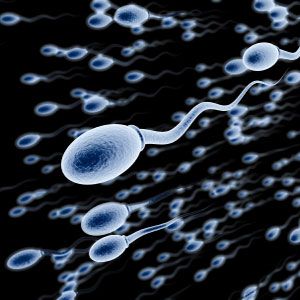Publication
Article
Internal Medicine World Report
Male Infertility Is Not Just a Question of Reproduction
Author(s):
Assisted reproductive technology (ART) has increased steadily since the mid-1970s. However, the number of male reproductive evaluative procedures has fallen, which suggests that many couples bypass the exam and go directly to ART.

In approximately one-third of couples that have failed to conceive a child, the problem is related at least in part to male reproductive issues.
Assisted reproductive technology (ART) has increased steadily since the mid-1970s, and today, 1.4% of all US births result from ART. However, the number of male reproductive evaluative procedures has fallen, which suggests that many couples bypass the exam and go directly to ART.
Concerned about this significant change, 3 urologists published a review of male infertility in the February 2014 issue of Urology Clinics of North America. They stressed that infertile men have some unique health risks, as male infertility is associated with increased testis and prostate cancer risk, as well as higher cardiovascular mortality. Additionally, men with impaired semen parameters may be at higher risk for overall mortality.
Currently, successful diagnosis and treatment of male infertility requires a thorough, careful, and methodical history. As potential causes of infertility include congenital, environmental, genetic, medical, psychosocial, and surgical factors, internists need to delve into the patient’s history from childhood, which must be supplemented with the female partner’s comprehensive history.
Following physical examination, clinicians should conduct semen analysis and endocrine evaluation, which accounts for fewer than 3% of abnormalities. In terms of the interpretation of initial results, the authors stressed that aside from clinical reference ranges for semen analysis, no single parameter is a powerful discriminator of fertility.
Examining additional semen testing and genetic evaluation, the researchers found 40-50% of all infertile men have oligospermia and azoospermia, and are at higher risk of genetic abnormalities than men with normal sperm counts. According to the authors, the most frequently offered genetic tests include a karyotype, Y chromosome microdeletion analysis, and cystic fibrosis testing.
Looking towards the future, the authors predicted an effective history and physical examination will remain the cornerstone of the evaluation for male infertility, although they anticipated the evolving genomics, proteomics, and metabolomics fields will inform new diagnostic and therapeutic advances.
The investigators concluded the growing clinical understanding on the elevated health risks infertile men experience will translate to more infertile couples being referred for evaluation, rather than being sent directly to ART.





